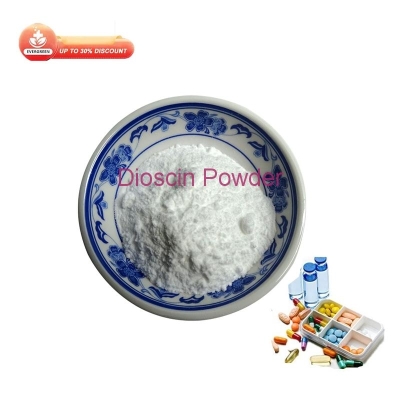-
Categories
-
Pharmaceutical Intermediates
-
Active Pharmaceutical Ingredients
-
Food Additives
- Industrial Coatings
- Agrochemicals
- Dyes and Pigments
- Surfactant
- Flavors and Fragrances
- Chemical Reagents
- Catalyst and Auxiliary
- Natural Products
- Inorganic Chemistry
-
Organic Chemistry
-
Biochemical Engineering
- Analytical Chemistry
- Cosmetic Ingredient
-
Pharmaceutical Intermediates
Promotion
ECHEMI Mall
Wholesale
Weekly Price
Exhibition
News
-
Trade Service
Norcantharidin is an important synthetic intermediate used in the production of various pharmaceuticals and agrochemicals.
The demand for this compound has been steadily increasing in recent years, making it an essential component in the chemical industry.
There are several synthetic routes available for the production of Norcantharidin, each with its own advantages and disadvantages.
In this article, we will discuss some of the most commonly used synthetic routes for Norcantharidin and their respective benefits and limitations.
One of the most popular methods for the synthesis of Norcantharidin is the Schmidt reaction.
This reaction involves the condensation of N-bromosuccinimide (NBS) with an a,b-unsaturated ketone or aldehyde in the presence of a strong base, such as sodium hydroxide.
The reaction proceeds through a free-radical mechanism and results in the formation of an N-brominated succinimide intermediate, which can then be transformed into Norcantharidin through a series of chemical reactions.
The Schmidt reaction has several advantages, such as ease of operation, high yield, and good selectivity.
However, it also has some drawbacks, such as the generation of hazardous by-products, such as nitrogen bromides, which can pose a risk to the environment and human health.
Another widely used method for the synthesis of Norcantharidin is the Mukaiyama reaction.
This reaction involves the Heck-type condensation of an aromatic halide with an alkene in the presence of a palladium catalyst, such as tetrakis(pentafluorophenyl)borate (PF6).
The reaction proceeds through a metal-catalyzed radical mechanism and results in the formation of an N-brominated aromatic compound, which can then be transformed into Norcantharidin through a series of chemical reactions.
The Mukaiyama reaction has several advantages, such as the use of mild conditions, high yield, and good selectivity.
However, it also has some disadvantages, such as the generation of toxic by-products, such as PF5, which can pose a risk to the environment and human health.
A third method for the synthesis of Norcantharidin is the Stille reaction.
This reaction involves the condensation of an a,b-unsaturated ester with an aromatic halide in the presence of a transition metal catalyst, such as copper iodide.
The reaction proceeds through a metal-catalyzed radical mechanism and results in the formation of an N-brominated aromatic compound, which can then be transformed into Norcantharidin through a series of chemical reactions.
The Stille reaction has several advantages, such as the use of mild conditions, high yield, and good selectivity.
However, it also has some disadvantages, such as the generation of toxic by-products, such as copper, which can pose a risk to the environment and human health.
In conclusion, there are several synthetic routes available for the production of Norcantharidin, each with its own advantages and disadvantages.
The choice of synthetic route depends on several factors, such as the availability of raw materials, the cost of production, and the environmental and health impact of the reaction.
As the demand for Norcantharidin continues to grow, it is essential to explore more sustainable and environmentally friendly synthetic routes to meet the increasing demand while minimizing the impact on the environment and human health.







